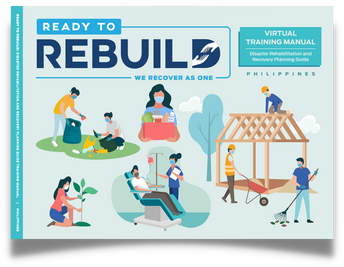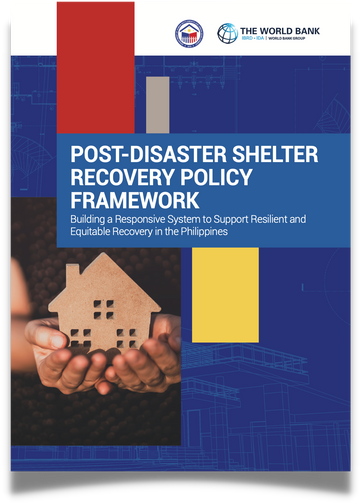Towards a comprehensive Disaster Risk Management system for the Philippines
The Philippines is one of the most disaster-prone countries in the world. Located along the Pacific ring of fire, the Philippines is highly susceptible to seismic and volcanic risks. The country is also subject to the world record of typhoons every year. Climate change and pandemics are exacerbating those risks.
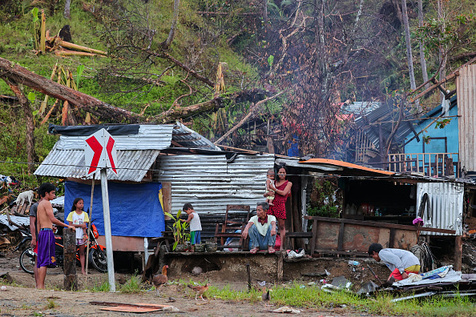
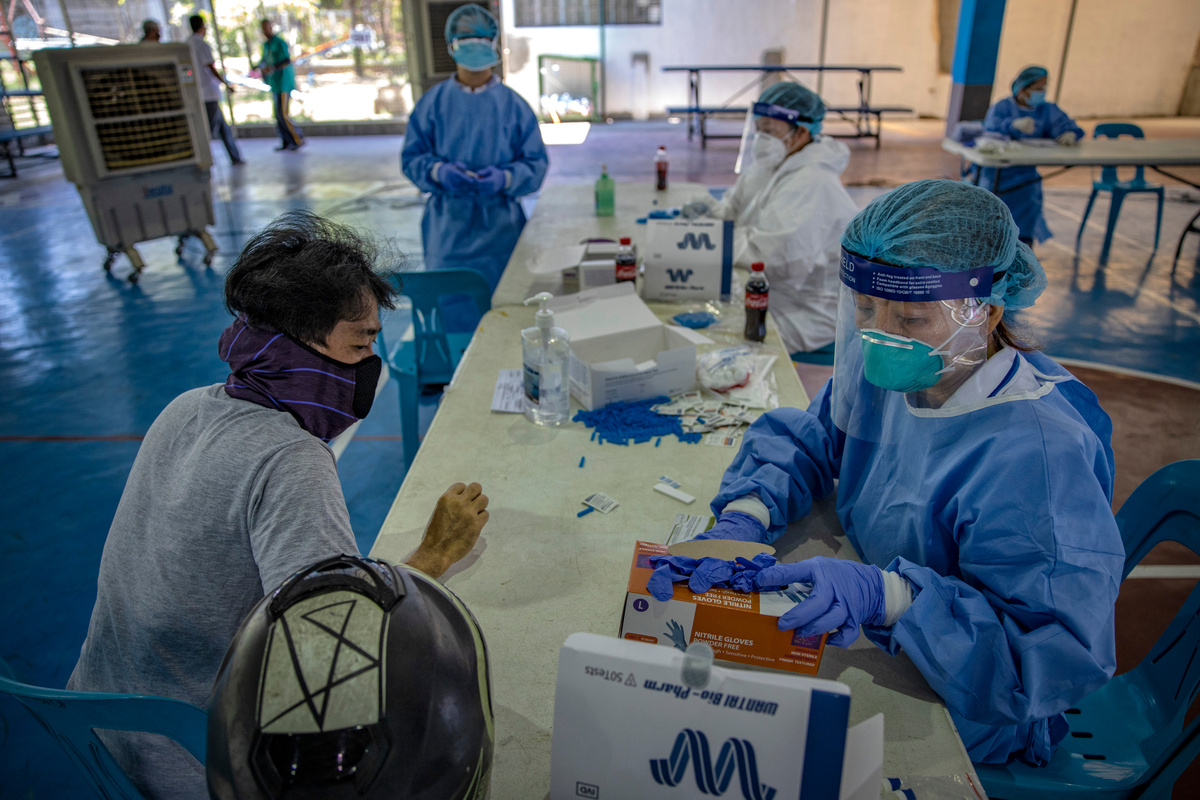
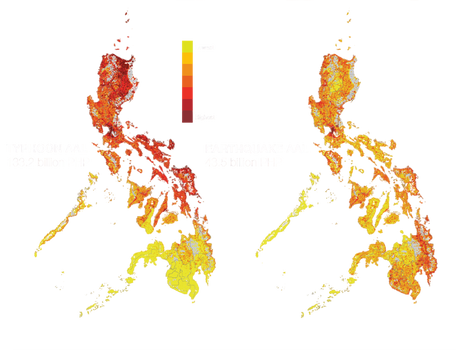

60%
of total land area
exposed to natural hazards
10 million
people affected by natural extreme events and disasters every year
1 million
people become poor every year due to disasters
PHP177 billion
direct losses from typhoons and earthquakes every year
PHP92 billion
spent yearly on disaster response, recovery, and reconstruction


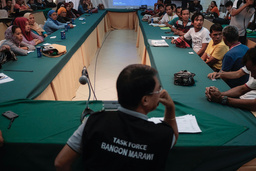

Over the past decade, the World Bank has been supporting the Government of the Philippines in building the country’s resilience to climate change, natural disasters, and pandemics through development policy financing, investment operations, technical assistance, analytical work, knowledge-sharing, and policy dialogue.
32 grants
amounting to
USD18 million
in technical assistance
Supported by GFDRR and the Government of Japan since 2008


Reactive to Proactive Policy Shift
Learning from its previous experiences in dealing with disasters, the Philippines has gradually shifted its approach from reactive to proactive risk management with a significant focus on preparedness and resilience building.
World Bank's continuing engagement in the Philippines is in support of the country's transformative disaster risk management (DRM) reforms to ensure physical, social, and financial resilience of the government and Filipino communities.


PROGRAMS


The Ready to Rebuild: Disaster Rehabilitation and Recovery Program is a joint program of the National Disaster Risk Reduction and Management Council (NDRRMC), Office of Civil Defense (OCD), and the World Bank (WB). Ready to Rebuild enhances the capacity of national and local governments to recover better and faster from natural disasters and climate risks even before it happens. This covers pre-disaster and post-disaster activities such as gathering baseline data, formulating a recovery plan, financing, facilitating emergency procurement and implementation, crafting a communications strategy, and developing M&E mechanisms. A total of 325 local governments have participated, translating to 1,805 Mayors, DRM officers, and technical staff trained to prepare baseline data, risk-informed recovery plans, and risk financing strategies prior to disasters.
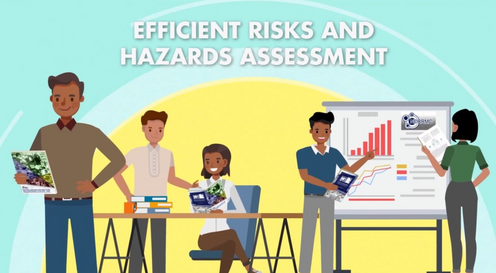
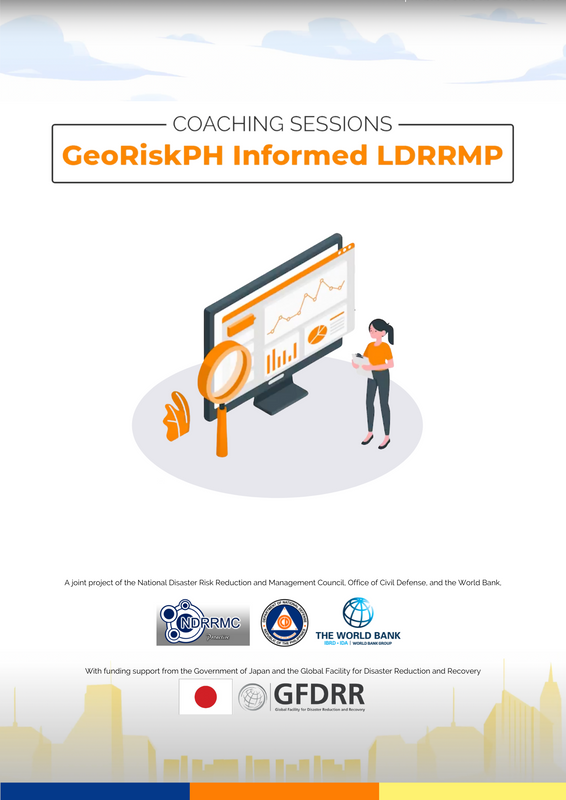
The Department of Science and Technology-Philippine Institute of Volcanology and Seismology (DOST-PHIVOLCS) developed the GeoRiskPH, a web-based platform that serves as the government’s central source of information for accurate and efficient hazards and risk assessment. It promotes the use of science-based risks and hazards information for planning and prioritization of investments in public infrastructure projects. The GeoRiskPH-Informed Local Disaster Risk Reduction and Management Plan (LDRRMP) Coaching Sessions implemented by the OCD, DOST-PHIVOLCS, and the WB facilitates efficient integration of science-based risks and hazards assessment in local DRM plans. A total of 450 technical staff from 150 provinces and cities were trained to use the GeoRiskPH platform for their DRM plans.
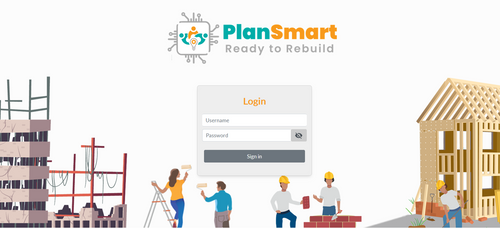
DOST-PHIVOLCS, in collaboration with OCD and the WB, developed the Plan Smart web application. It is an automated planning tool that will systematically generate Rehabilitation and Recovery Plans using science-based information from GeoRiskPH integrated system and pro-forma templates. This web application is also ready to receive baseline data of local governments that are essential for planning. To equip provinces and cities, a series of training on the use of Plan Smart is being conducted. Participants are being trained on how to collect, manage, and integrate their baseline data into GeoRiskPH platform for a risk-informed Rehabilitation and Recovery Plan.
More DRM Programs on Response, Recovery, and Resilience
LGU Guide for Rehabilitation and Recovery from COVID-19
(Department of the Interior and Local Government)
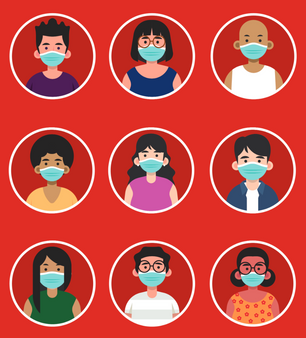
Post-Disaster Shelter Policy Framework
(Department of Human Settlements and Urban Development)

(Department of Social Welfare and Development)
Seismic Risk Reduction and Resilience Project
(Department of Public Works and Highways)
Video Gallery

Animated Video Series
Ready to Rebuild Program
Stories from the Field
Rehabilitation and recovery poses challenges to local governments affected by disasters like Typhoon Odette (Rai). Ready to Rebuild participants highlight their Program learnings and experiences and how it's contributing to their faster, better, safer, and resilient recovery.
Ready to Rebuild Program participants share their experiences and learnings and how its reshaping their local government's approaches, systems, and strategies for disaster rehabilitation and recovery before disasters strike.
Science- and evidence-based local disaster planning is key to efficient risk management in communities. Through the Coaching Sessions, participants were able to access up-to-date and accurate information which can guide their programs, projects, and activities.
Local government participants share their key takeaways from the Coaching Sessions and how their newly-acquired knowledge, skills, and tools are helping them plan faster and more accurately for any disasters that may come their way.
The global pandemic has been an unexpected challenge among countries. The road to recovery may be long and daunting but glimmers of hope abound as local governments begin their journeys to recovery. Local governments showcase their COVID-19 response and recovery best practices and programs in this video--including telemedicine, livelihood programs, and efficient use of community-based monitoring systems.
Ready to Rebuild Videos

Program Highlights
Recovery and reconstruction are some of the most challenging aspects of disaster risk management. To empower communities to build back better faster and prepare for resilient recovery, the Ready to Rebuild Program was developed by the World Bank with the Philippines’ NDRRMC and OCD. The Program aimed to enhance capacities of national and local government leaders and technical staff in disaster recovery planning even before disasters strike.
Lecture Videos
Coaching Sessions Videos

The NDRRMP 2020-2030 lists the use of GeoRiskPH for accurate, efficient, and updated risks and hazards assessments which can be used in formulating the local government units’ (LGUs) Local Disaster Risk Reduction and Management Plan (LDRRMP).
In line with this, National Disaster Risk Reduction and Management Council (NDRRMC) reiterates the use of data from GeoRiskPH in updating and upgrading the LDRRMP. Through Memorandum No. 38, s. 2021, the NDRRMC also advises and encourages the local DRRMCs to use HazardHunterPH, GeoAnalyticsPH, and GeoMapperPH to ensure science-supported, evidence-based, and risk-based physical planning and policy-making.
OCD, in partnership with the Department of Science and Technology (DOST) and the World Bank conducted the Coaching Sessions: GeoRishPH-Informed LDRRMP to increase the capacity of LGUs in accessing the centralized multi-hazards database and integrating pre-disaster risks assessments, hazard maps, and impact analysis in their LDRRMPs.
Lecture Videos
https://youtu.be/L5hShCDUOIg
DRM Publication Series
Ready to Rebuild:
Disaster Rehabilitation and Recovery Program
Supplementary documents to the Disaster Rehabilitation and Recovery Planning Guide containing ready-to-use templates, toolkits, training modules, and teaching strategies for recovery planning. (NDRRMC-OCD)
Download: Virtual Training Manual
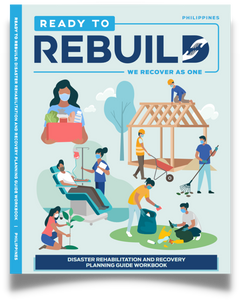
Primary reference of LGUs to help recover from the impact of COVID-19 pandemic. It contains recovery framework, templates, and list of suggested sectoral strategies and programs, among others. (DILG)
Download: Guide

A policy framework to address post-disaster housing needs in a more efficient and adequate manner. It contains a menu of shelter options covering the different disaster phases: emergency, temporary, permanent to full recovery of households affected by disasters. (DHSUD)
Download: PDSF
A guide to help manage the implementation of emergency cash transfer programs during disasters, with the end in view of having the beneficiaries attain immediate normalcy. (DSWD)
Download: Operations Manual
For more information:
World Bank Philippines Website
Atty. Lesley Jeanne Y. Cordero
Senior DRM Specialist
lcordero@worldbank.org
+639177953926
+1 202 2909525
Ms. Marilyn Tolosa-Martinez
Senior DRM Specialist
mtolosa@worldbank.org
+639175124762
